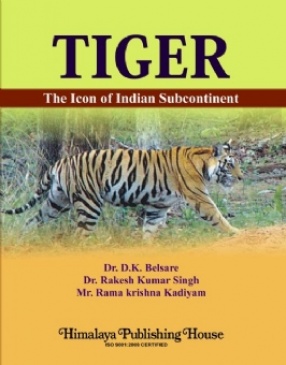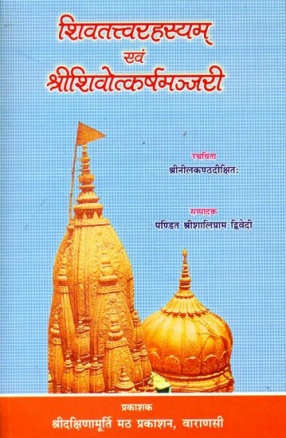Tiger: The Icon of Indian Subcontinent
The Tiger is an icon of Indian Subcontinent. It is an umbrella species of forests. The health of forests is a rough measure of its presence. It occupies all ecosystems of India, except Thar Desert, prefers deciduous forests, requires large area for its comfortable living and adequate prey species. In the beginning of the 20th Century, its population was approximately 40,000 in India, but it was reduced to 3,500 due to indiscriminate hunting of this magnificent animal for showing power and strength by erstwhile kings and hunters, poachers for trade of tiger parts and rapid deforestation, at the end of the Century, which means 93.7 percent of tigers vanished within a period of 100 years. The current population of tigers has dwindled to 1411 in 2006 i.e. nearly 70 percent of them have vanished within five years of 21st Century. In 2010 this tiger population increased by 300 i.e. it is now 1706. The latest report shows that the tiger population is 2,226 i.e. there is sudden increase in tiger population by 30% within three years. From January to July 2014, 40 tigers vanished from India. Adequate protection for this animal by creating 49 Tiger Reserves might save it. The population of tigers is a stable one and sudden increase in their number within three years is biologically not possible. May be previous census and monitoring methods were not correct. The encroachment by anthropogenic activities such as mining, creation of large dams and hydel projects in tiger habitats already degraded these habitats. Inadequate corridors for movement of tigers, poaching and lack of enforcement of wildlife Acts are also the matter of concern. No thought is given to the impact of endocrine disruptive chemicals in environment on tigers' survival. This book describes all these aspects and gives emphasis on adequate living space, enough food and shelter and proper health of tiger for saving this precious species. Schaller rightly said, with characteristic brevity and clarity, that "India has to decide whether it wants to keep the tiger or not. It has to decide if it is worthwhile to keep its National Symbol, its icon, representing wildlife. Once it is destroyed, it can not be replaced. If the answer is yes, then plans can be made and implemented." Gim Corbett said that "a tiger is a large-hearted gentleman with boundless courage and that when he is exterminated, as exterminated he will be, unless public opinion rallies to his support, India will be the poorer by having lost the finest of her fauna. Tigers are magnificent creatures." David Attenborough, a naturalist, said that "it would be a tragedy of truly monumental proportions if tigers were to be lost to the world. Not only that, it would be totally inexcusable on our part, if we don't act fast to provide them suitable territory to live in, they will disappear. We must not let that happen".
Contents: 1. History of Tigers. 2. Status of Tigers in Indian Subcontinent. 3. Biology of Tigers. 4. Impact of Ecotourism. 5. Real Issues of 21st Century. 6. Management of Tigers. 7. Methods of Tiger Census. Appendix. References.
BECOME A MEMBER











Bibliographic information
Rakesh Kumar Singh
Ors .